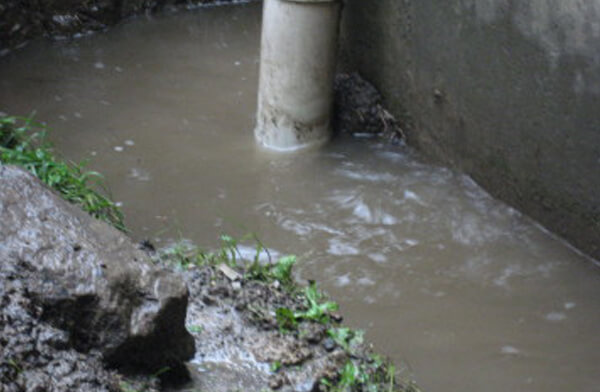Exactly how to Inspect If Your House Has a Concealed Leak
Exactly how to Inspect If Your House Has a Concealed Leak
Blog Article
The publisher is making a few great observations related to Locating water leaks overall in this post on the next paragraphs.

Early detection of leaking water lines can minimize a potential catastrophe. Apart from saving you money, it will certainly lessen the irritation and also disappointment. The minute you locate a leakage, calling your plumber for repairs is the very best option. However, some tiny water leaks may not be visible. Below are some hacks that aid if you can not discover it with your nude eyes.
1. Take A Look At the Water Meter
Every house has a water meter. Inspecting it is a proven way that assists you find leakages. For beginners, shut off all the water sources. Make sure no one will flush, utilize the tap, shower, run the cleaning machine or dishwashing machine. From there, go to the meter and watch if it will change. Because no one is using it, there ought to be no motions. If it moves, that indicates a fast-moving leak. Also, if you discover no changes, wait an hour or 2 and also inspect back again. This implies you might have a sluggish leak that might even be below ground.
2. Inspect Water Intake
Assess your water expenses and track your water usage. As the one paying it, you need to notice if there are any discrepancies. If you spot sudden changes, regardless of your usage being the same, it suggests that you have leaks in your plumbing system. Remember, your water costs ought to drop under the exact same variety monthly. An abrupt spike in your expense shows a fast-moving leak.
A stable rise every month, also with the same behaviors, shows you have a sluggish leak that's also slowly intensifying. Call a plumber to thoroughly examine your home, particularly if you really feel a warm location on your flooring with piping underneath.
3. Do a Food Coloring Test
When it comes to water intake, 30% comes from bathrooms. If the color in some way infiltrates your dish throughout that time without flushing, there's a leak in between the storage tank and dish.
4. Asses Exterior Lines
Do not forget to examine your exterior water lines also. Should water permeate out of the connection, you have a loosened rubber gasket. One little leakage can waste heaps of water as well as increase your water bill.
5. Evaluate the situation as well as evaluate
Home owners need to make it a behavior to examine under the sink counters and also also inside closets for any kind of bad odor or mold and mildew growth. These two red flags suggest a leakage so punctual attention is required. Doing routine assessments, even bi-annually, can save you from a major issue.
Inspect for stainings and also damaging as a lot of pipes and also appliances have a life span. If you presume dripping water lines in your plumbing system, do not wait for it to rise.
Early discovery of leaking water lines can reduce a possible catastrophe. Some little water leaks might not be visible. Checking it is a proven method that aids you find leakages. One small leakage can squander tons of water as well as increase your water costs.
If you presume dripping water lines in your plumbing system, do not wait for it to intensify.
WARNING SIGNS OF WATER LEAKAGE BEHIND THE WALL
PERSISTENT MUSTY ODORS
As water slowly drips from a leaky pipe inside the wall, flooring and sheetrock stay damp and develop an odor similar to wet cardboard. It generates a musty smell that can help you find hidden leaks.
MOLD IN UNUSUAL AREAS
Mold usually grows in wet areas like kitchens, baths and laundry rooms. If you spot the stuff on walls or baseboards in other rooms of the house, it’s a good indicator of undetected water leaks.
STAINS THAT GROW
When mold thrives around a leaky pipe, it sometimes takes hold on the inside surface of the affected wall. A growing stain on otherwise clean sheetrock is often your sign of a hidden plumbing problem.
PEELING OR BUBBLING WALLPAPER / PAINT
This clue is easy to miss in rooms that don’t get much use. When you see wallpaper separating along seams or paint bubbling or flaking off the wall, blame sheetrock that stays wet because of an undetected leak.
BUCKLED CEILINGS AND STAINED FLOORS
If ceilings or floors in bathrooms, kitchens or laundry areas develop structural problems, don’t rule out constant damp inside the walls. Wet sheetrock can affect adjacent framing, flooring and ceilings.
https://www.servicemasterbyzaba.com/blog/how-to-detect-water-leakage-in-walls/

Do you like reading about Top leak detection hacks? Give feedback below. We would be interested to know your opinion about this blog entry. We hope to see you back again before long. Sharing is caring. You won't know, you may very well be helping someone out. Thanks a lot for going through it.
Report this page